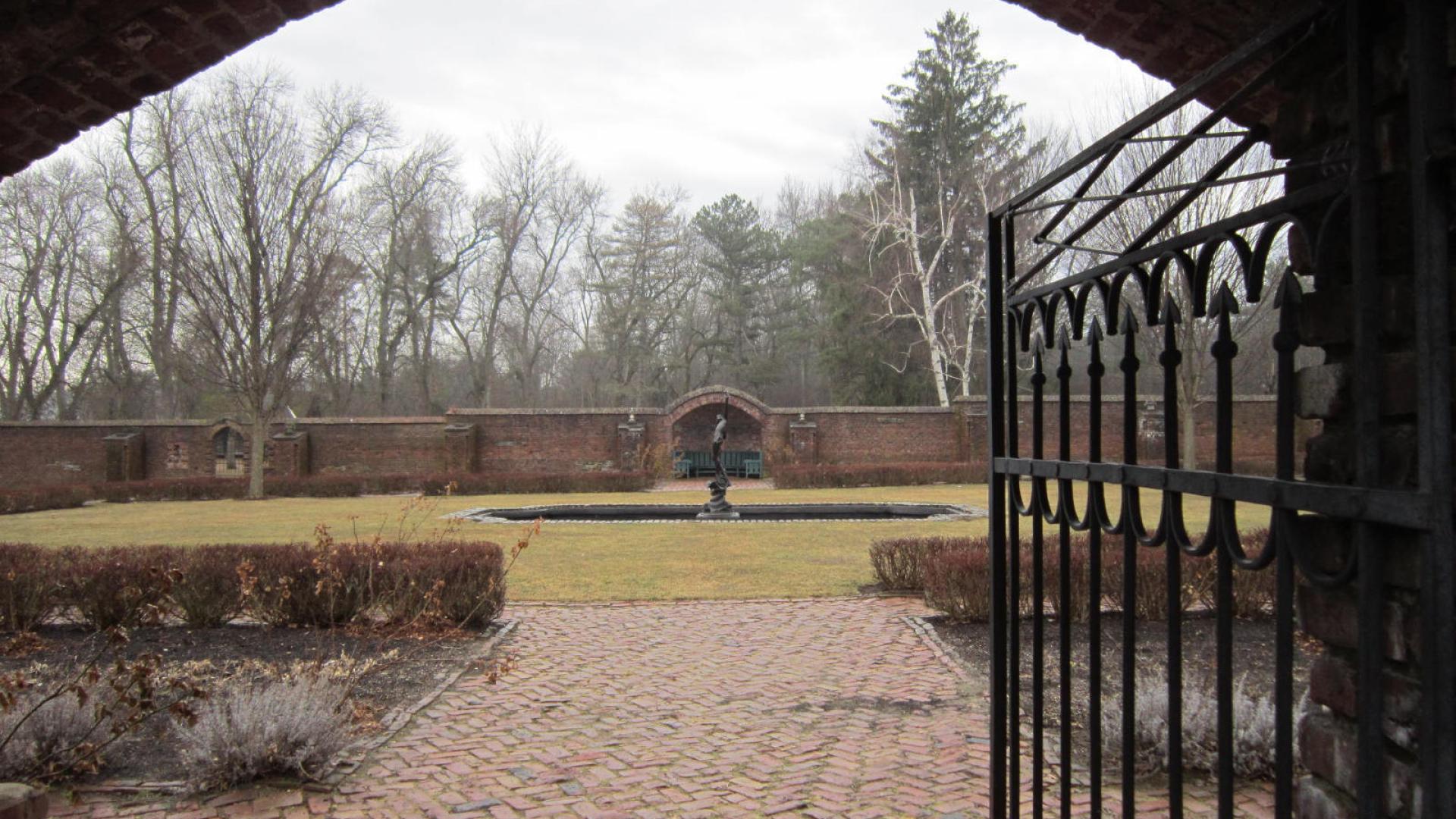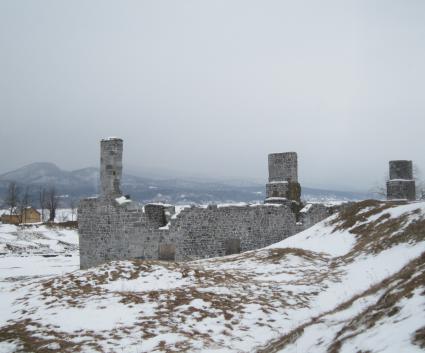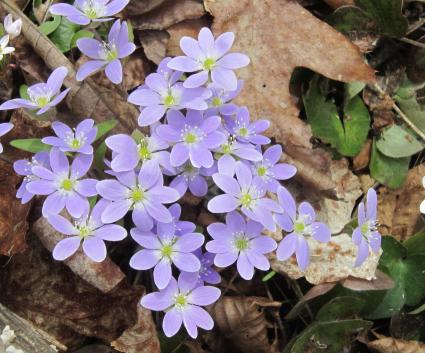It’s that time of year when those of us who like to think of ourselves as gardeners are itching to dig in the dirt. Though weeks from actually being able to do that, we daydream in anticipation, begin a little planning, and make our shopping lists. Now that most snow cover has left, the sun is a little stronger and days are a bit longer, I wander among my flower beds scrutinizing for signs of life and wondering what might return this season. For me, gardening is such an iffy process, but those with the passion are anxious to get going nevertheless.
A Garden of Yesterdays
“To plant a garden is to believe in tomorrow,” this quote attributed to Audrey Hepburn is filled with meaning beyond the obvious. However, gardens are also a connection to the yesterdays. In our personal gardens we reflect on what perennials we may have planted in previous seasons, or tenderly care for the cutting from our grandmother’s rose bush. On a much grander scale, the King’s Garden at Fort Ticonderoga, provides a multitude of connections to our yesterdays and America’s history over centuries. There are layers of history growing there and available for us to explore and enjoy while expanding our knowledge and experience.
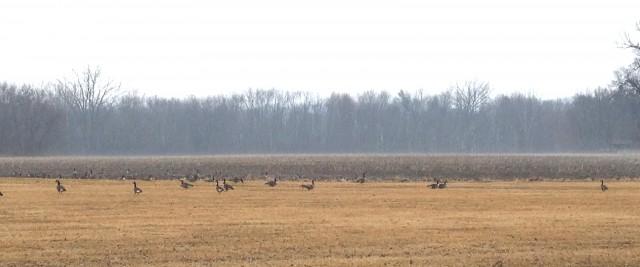
Misty Morning Visit
Partly to satisfy some of my own yearning to simply talk and think gardening, and partly to discover what exciting plans and surprises the King’s Garden had for visitors this year, I connected onsite with the Fort’s Senior Director of Interpretation, Stuart Lilie. For early March it was a very mild day. It was a misty, foggy morning as I entered the grounds. Snow cover was absent and I noted a flock of newly returned Canada geese were enjoying the remnants of Fort Ticonderoga’s huge corn maze as I made my way along the tree-lined drive. The atmosphere was rather ethereal given the weather conditions. It was quiet. The grounds were not yet open to the public so there was an absence of the numerous outdoor and program activities that will begin daily on May 7 this year. Once I turned off the drive and entered the grounds of the King’s Garden things changed. In fact, I found a lot happening in preparation for the coming season.
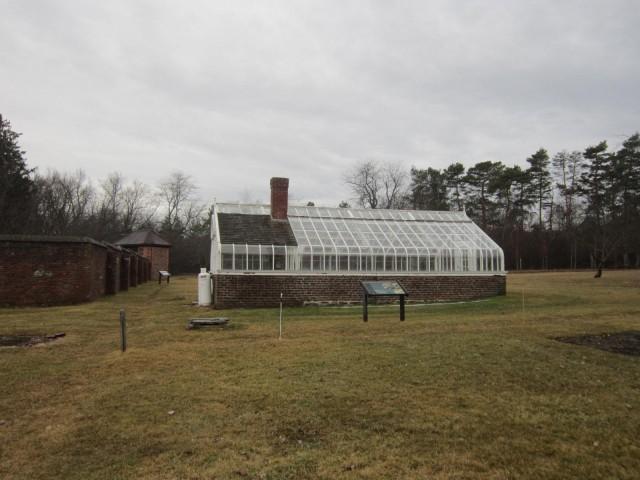
The heat was being turned on in the genuine Lord and Burnham greenhouse. Soon the seedling beds would be showing signs of green. Lord and Burnham have been manufacturing these gorgeous and functional greenhouse structures since the mid-1800s. It was a special treat to step inside this graceful house of glass.
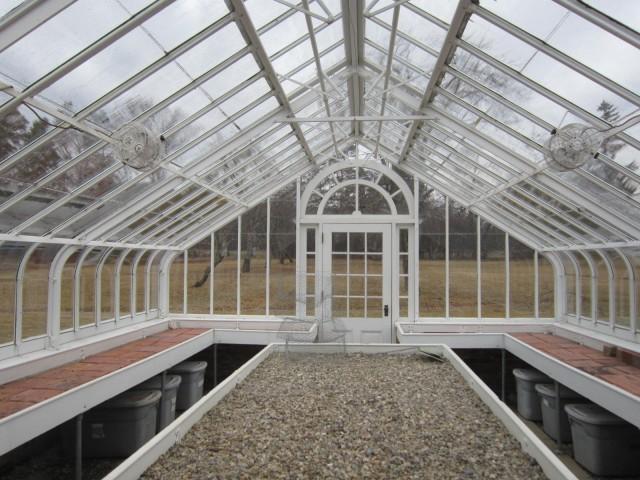
The greenhouse is located to get maximum sun exposure and Stuart demonstrated the ridge venting windows that would allow excess heat to escape on the warmest sunny days. I was captivated by the structure and imagined my being able to start my own seedlings in this enchanting environment versus my southeast facing window sills.
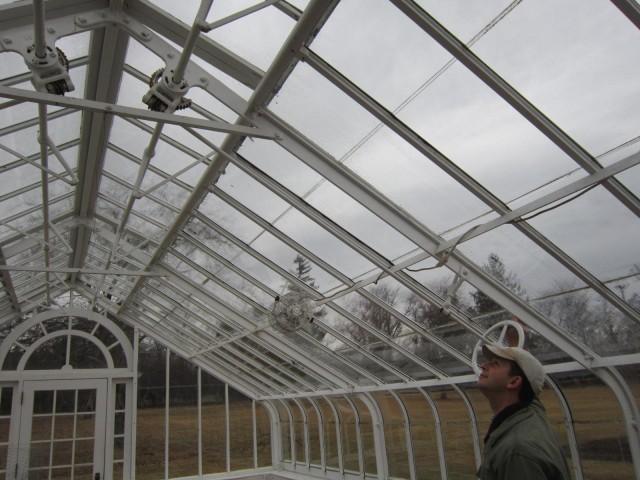
Back outside we viewed the Discovery Garden which will include a “spaghetti garden” this year. It will contain spaghetti squash, tomatoes and a variety of herbs traditionally cooked into spaghetti sauce. Additionally, children’s learning opportunities will be made available in an “alphabet garden.” What fun for the ABCs to get reinforced for youngsters via flowering plants. I stopped myself early from mentally compiling an alphabetic list — alyssum, begonia, calendula... but fast-forwarding I had to wonder about the “x.” This garden most definitely will be on my to-visit list for sure this year.
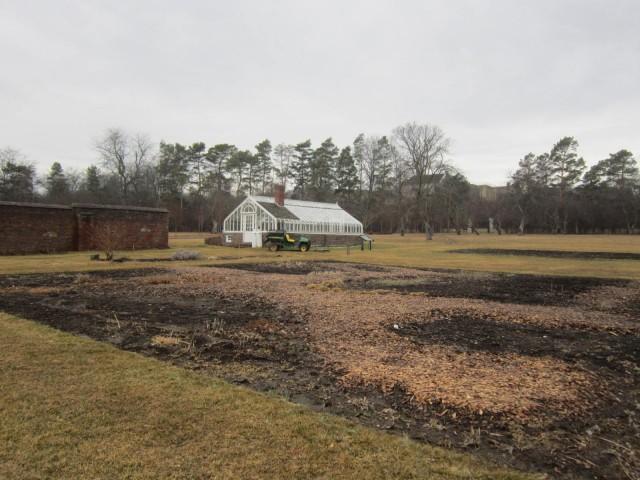
We strolled past the Farm to Table garden that supplies an abundance of fresh vegetables for the America’s Fort Café, the onsite dining experience overlooking Lake Champlain. Stuart explained that perennial vegetables, like asparagus and rhubarb, will have beds added this year.
As we approached the Soldiers’ Garden I remembered every year Fort Ticonderoga presents a different perspective. Last year we were looking through the eyes of a French soldier in 1756, and therefore the Soldiers’ Garden grew specific vegetables that would have been raised and consumed by the French during that time period. Therefore it did not include potatoes. This year, Stuart explained, the season was to be divided. The year in focus will be 1777 and will be looking through the eyes of an American soldier through July 5. From July 6-on it will be a British view — since Fort Ticonderoga’s control and occupation changed on that date. The Soldiers’ Garden will not make a radical change, particularly since the transition will be in mid growing season, but potatoes will have been added.
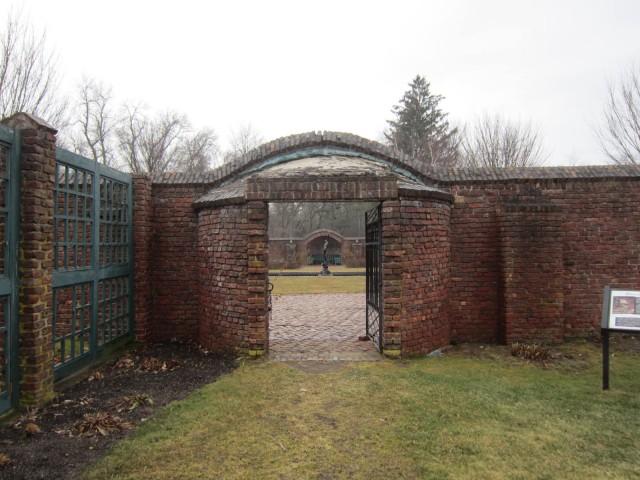
The Formal Garden in March
We entered the formal brick-walled Colonial Revival garden through the gated archway. Though the garden itself was in winter dormancy, it still was quite beautiful. Without flower and vegetation actively distracting one’s attention, the symmetry of the hardscape features became more stunningly apparent. I learned the 9-foot brick walls were erected prior to the famous landscape architect, Marian Cruger Coffin’s flower bed garden design in 1921. Alfred Bossom, an English architect, practiced in America in the early 1900s. He was actually well renowned for his design of many skyscrapers and banks throughout the country. Bossom designed and built the walls of the garden at the time he was hired to see to the Fort’s reconstruction in the early 1900s. He intentionally incorporated field stone into the brick walls as a link to the Fort’s construction materials. Some years later, Coffin’s mission was to see to the plantings; “her choices of flowers were to provide color like the brush strokes of a painting” Stuart explained to me. That made perfect sense to me. The brick walls surrounding the garden provided the framework of her artistic canvas.
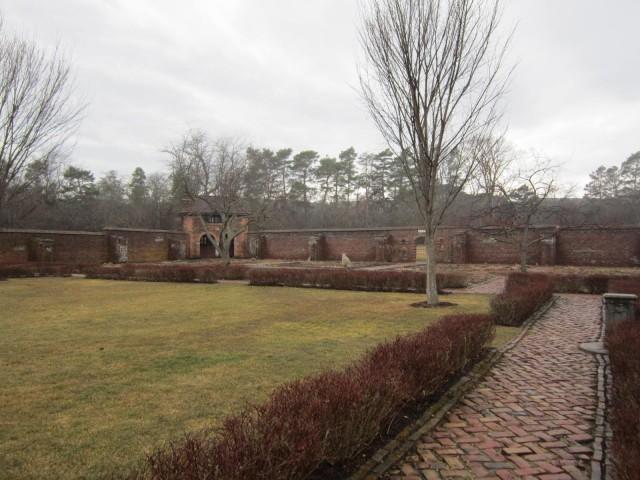
Coming Up April 9th
We ducked into the brick teahouse angled in one corner of the formal walled garden as the morning mist became more rain-like. It was an opportunity for me to ask Stuart about Fort Ticonderoga’s 5th Annual Garden and Landscape Symposium coming on April 9. This day-long educational program is intended for gardeners of all levels. This is a not-to-be-missed event featuring top horticulture experts throughout the northeast; a rare opportunity for anyone with a passion for growing.
One featured speaker is Dr. Leonard Perry. Dr. Perry holds a Ph.D. in Floriculture and Ornamental Horticulture from Cornell University. He has recently joined Fort Ticonderoga as the Horticulturalist in Residence at the King’s Garden. Dr. Perry comes to Fort Ticonderoga from the University of Vermont where he has served as a professor, advisor, and consultant to the industry throughout the northeast for over 30 years. He has served as a consultant and collaborator for King’s Garden’s annual symposiums and programs in the past and the Fort looks forward to having him on board in anticipation of expanded horticultural programs, classes, and tours to add to their already impressive list. Those attending the Symposium can look forward to his presentation on Top Flowers and Vegetables for North Country Gardens during the symposium.
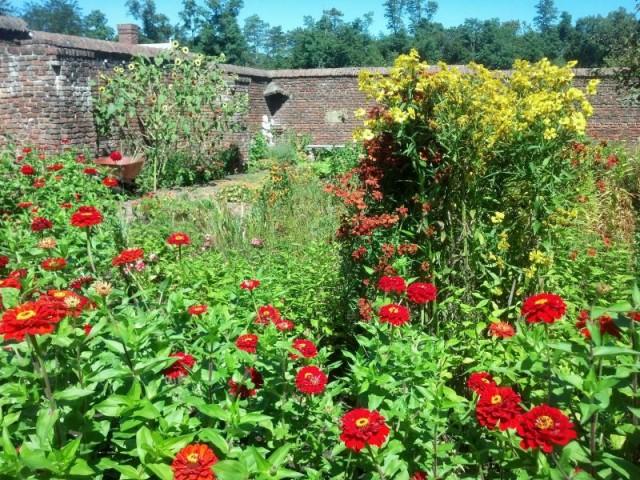
Another featured speaker will be Peter Hatch, Director of Gardens and Grounds Emeritus for the Thomas Jefferson Foundation at Monticello. His presentation, Thomas Jefferson’s Revolutionary Garden, will provide attendees the opportunity to hear directly from the man who has overseen the foundation’s 2400 acres and the restored gardens of Thomas Jefferson for 35 years.
Additional programs include: Planning Perennials for Pollinators, given by Sarah Salatino, owner and head grower of Full Circle Gardens in Essex, Vermont; and A Sense of Place: Gardens that Celebrate the Natural Landscape given by Judith Irven, landscape designer and garden writer from Goshen, Vermont. A panel discussion, lunch, provided by Libby’s Bakery Café, and a King’s Garden Guided Tour will also be included in the day’s activities.
Visit Fort Ticonderoga’s website for registration information and note that the Best Western Plus Ticonderoga Inn & Suites is offering discounted accommodation rates for Symposium attendees booking in advance.
As I was leaving the garden I noticed buds on an unusual tall “shrub.” Stuart informed me these “shrubs,” forming an impressive hedge, were actually magnolia trees! There are always surprises at Fort Ticonderoga.
